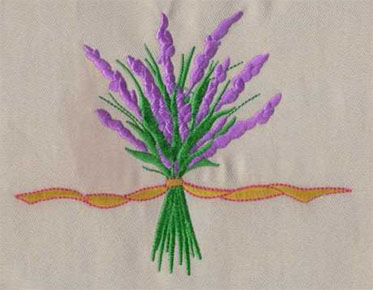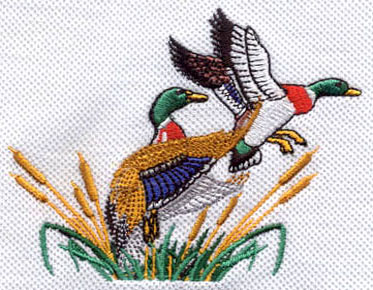Pixel to Thread: A Comprehensive Guide to Digitizing Pixel Art for Stunning Embroidery
Embroidery, a craft rooted in tradition, finds itself embracing the digital age through the enchanting world of pixel art. In this blog, we embark on a journey through the intricate process of digitizing pixel art for embroidery, exploring the steps from preparation to creating stunning threaded masterpieces that bring pixelated visions to life.
The Pixel Art Renaissance: A Digital Tapestry in Thread
1.
Pixel Art Resurgence:
● Pixel art, once confined to the realms of early video games, has
experienced a renaissance, becoming a beloved art form cherished for its
nostalgic charm and simplicity.
2. The
Allure of Pixel Art in Embroidery:
● Translating pixel art into embroidery is a testament to the adaptability of traditional crafts. The challenge lies in preserving the essence of pixels while transforming them into stitches.
Preparation: Setting the Stage for Pixel Perfection
1. Selecting
the Right Pixel Art:
● The journey begins with choosing pixel art that resonates. Whether it's
a classic video game sprite or contemporary pixel art, selecting the right
subject is crucial.
2.
Understanding Embroidery Constraints:
● Pixels, while limitless in the digital realm, need to conform to the
constraints of embroidery. Understanding the limitations and possibilities of
your chosen medium is key.
3.
Preparing the Canvas:
● Digitization starts with a clean canvas. Prepare the image by adjusting resolution, color depth, and optimizing the pixel art to align with the intricacies of embroidery.
The Digitization Process: Turning Pixels into Stitches
1.
Digitizing Software Magic:
● Utilize advanced digitizing software to initiate the transformation.
The software interprets pixel data and converts it into a format compatible
with embroidery machines.
2.
Mapping Color Transitions:
● Each pixel corresponds to a stitch, and color transitions must be
mapped meticulously. The software interprets shades and assigns appropriate
thread colors to maintain fidelity.
3.
Consideration for Stitch Types:
● Different stitch types contribute to the texture and details of the final piece. Satin stitches for smooth areas, fill stitches for larger sections, and backstitches for defining outlines ensure a harmonious outcome.
Challenges and Solutions: Navigating the Threaded Terrain
1.
Small-Scale Precision:
● The intricacies of pixel art can be challenging on a small scale.
Adjusting stitch density and simplifying details are strategies to maintain
clarity.
2.
Color Matching Mastery:
● Achieving accurate color representation requires skillful matching of embroidery thread shades with the original pixel colors. This meticulous process ensures the final piece stays true to its digital counterpart.
Showcasing Pixel Artistry: Applications and Ideas
1.
Threaded Wearable Art:
● Transform plain garments into canvases for pixel art. T-shirts, denim
jackets, and hats become wearable expressions of pixelated creativity.
2.
Embroidered Home Decor:
● Elevate home decor with pixel art embroidery. Framed pieces, throw
pillows, and wall hangings showcase the versatility of this unique art form.
3.
Personalized Accessories:
● Customized accessories, from tote bags to laptop sleeves, become personalized canvases for pixel art digitization.
Conclusion: Where Pixels Meet
Precision in Thread
In the mesmerizing realm where pixels meet
precision in thread, the art of digitizing pixel art for embroidery unfolds as
a marriage of tradition and innovation. As you embark on your pixelated
embroidery journey, each stitch becomes a pixel, and each pixel contributes to
a vibrant tapestry of creativity. Let the nuances of digitized pixel art breathe
life into your embroidery projects, creating a
visual symphony that resonates with the spirit of both pixel art and
traditional crafts. In this seamless fusion, pixels transcend the digital
screen, finding a new home in the tactile beauty of embroidered art.



